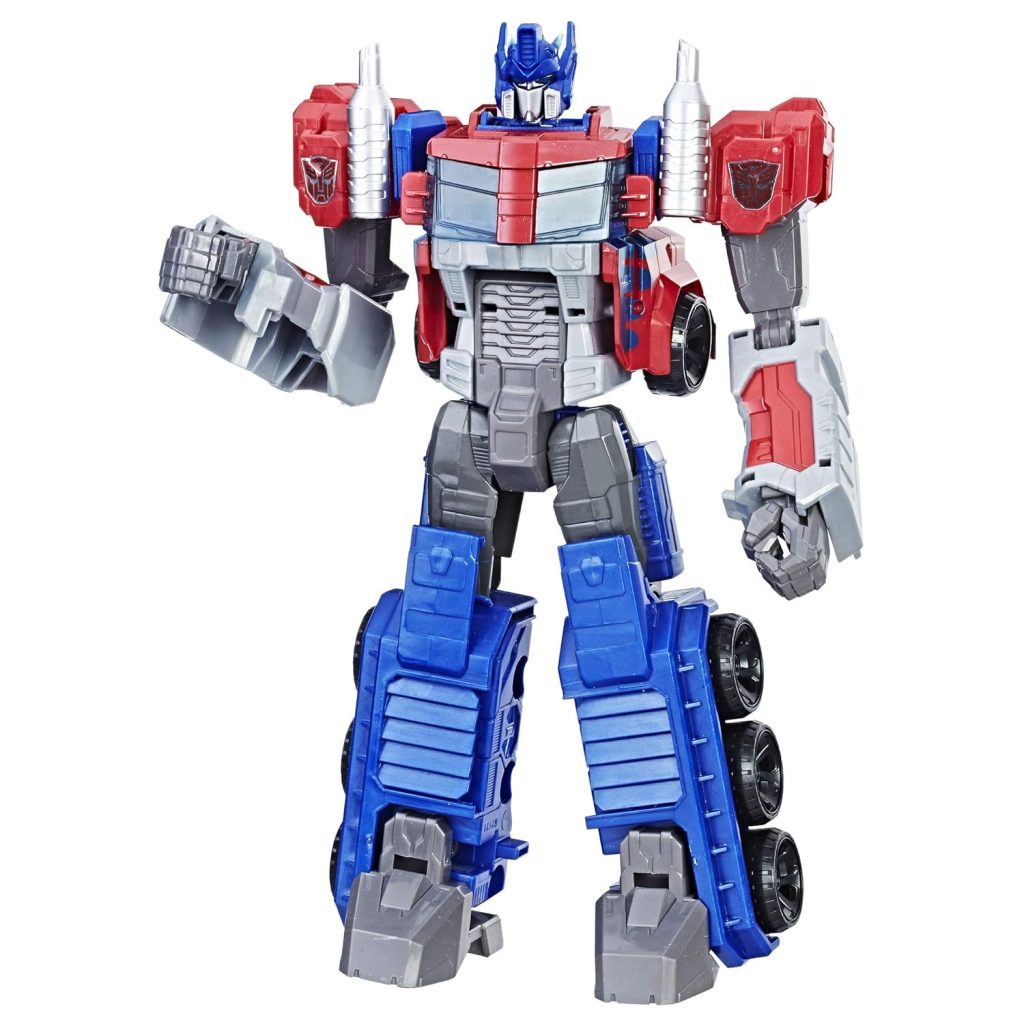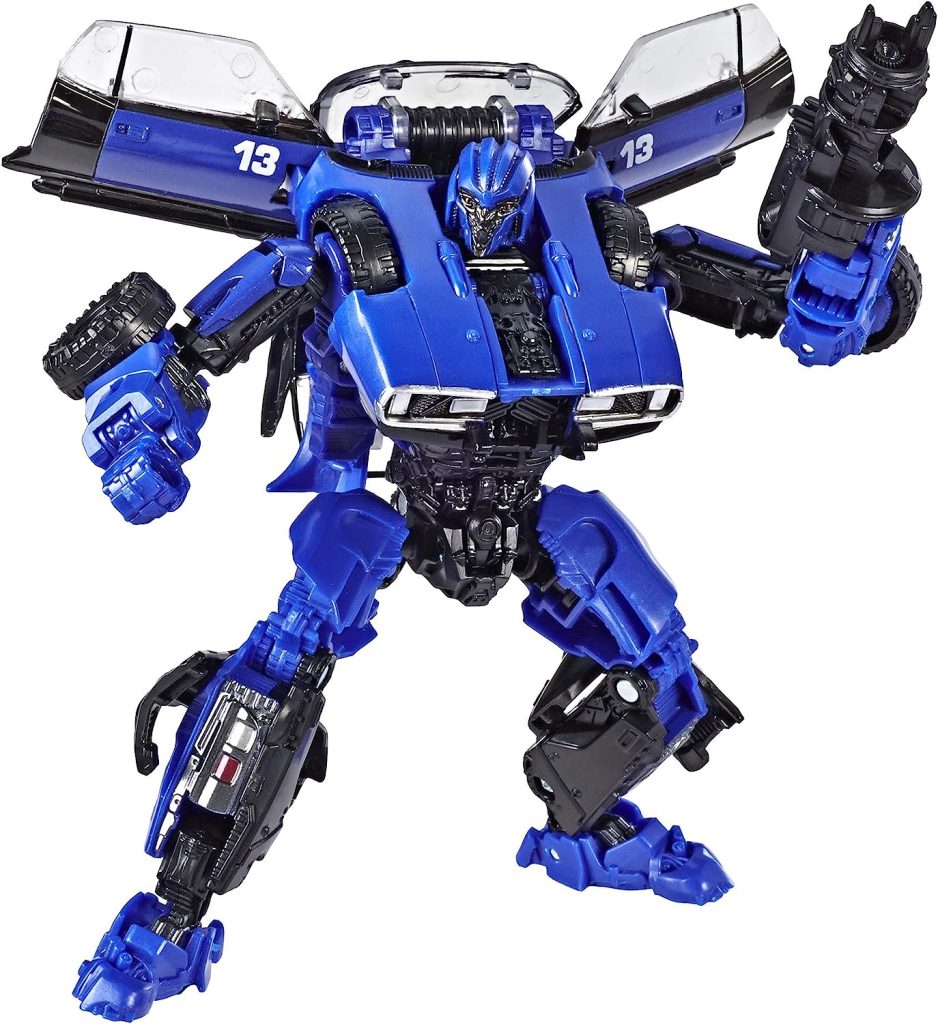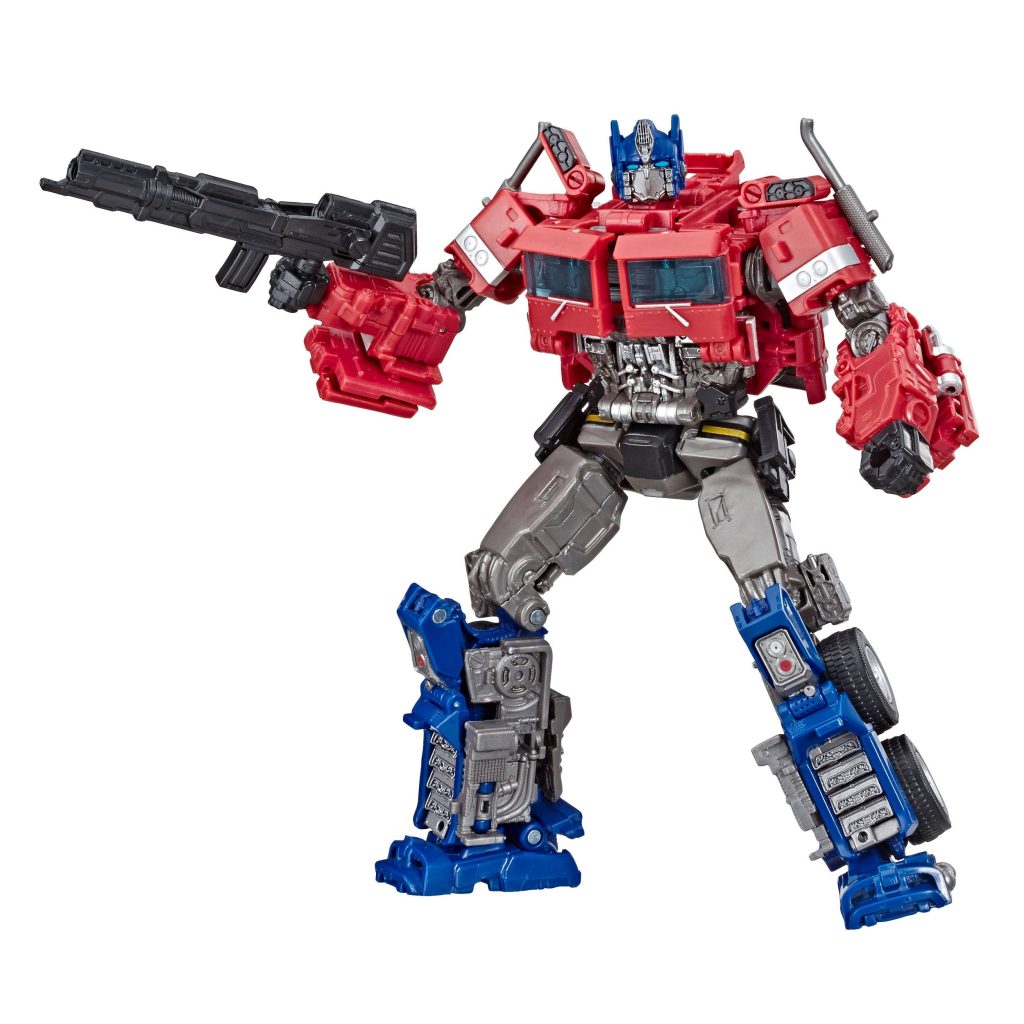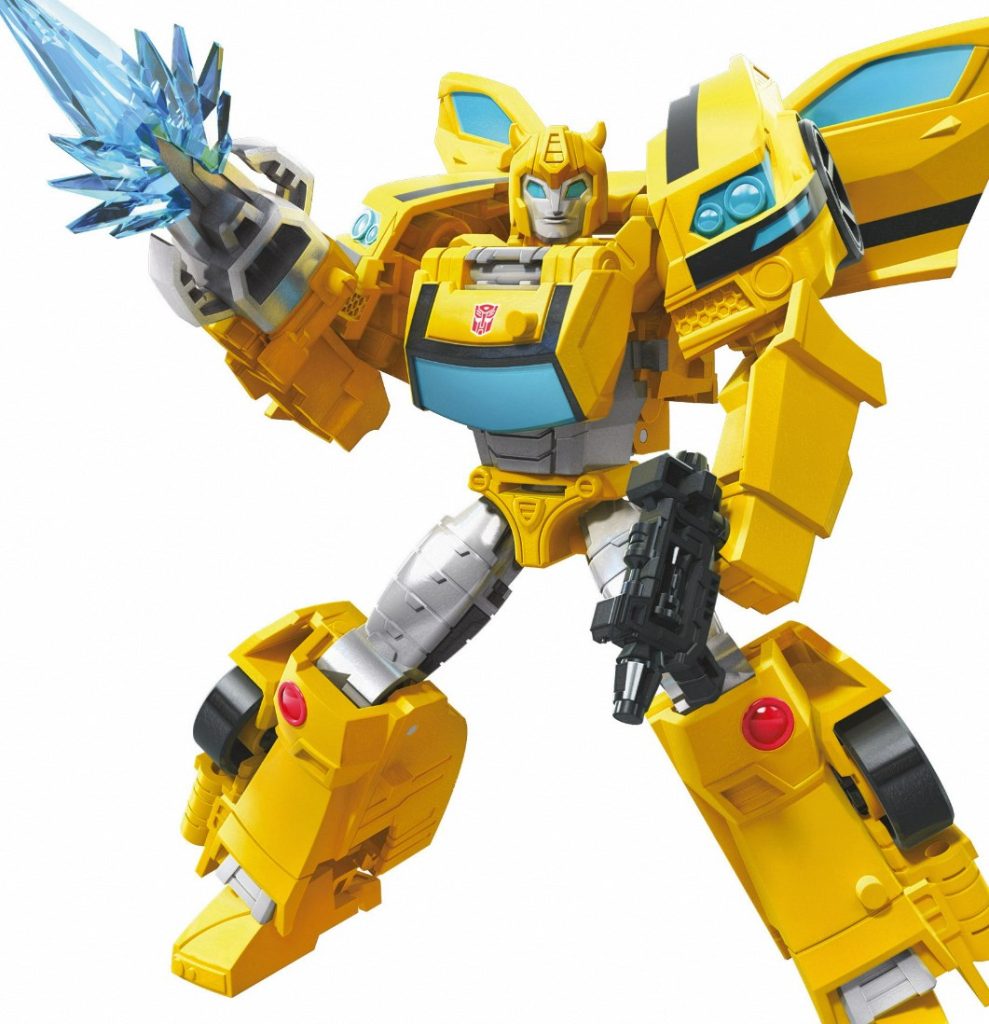Transformers, the iconic robots in disguise, have captivated children and adults alike for nearly four decades. Their unique ability to transform from vehicles and animals to powerful robots sparked imaginations and revolutionized the toy industry. This article explores the fascinating evolution of Transformers, delving into their origins, animation and comic adaptations, and their enduring legacy.

Part 1: From Diaclone to Autobots and Decepticons
Merging Playthings:
The Transformers we know today originated from two separate Japanese toy lines: Diaclone and Microman. Diaclone featured transforming vehicles, such as cars and planes, that came with pilot figures, while Microman offered miniature transforming robots. In 1983, Hasbro, an American toy company, saw the potential in merging these concepts. They acquired the rights to produce transforming robots from both Diaclone and Microman, and thus the Transformers were born. These toys were not just ordinary action figures. They were intricate and innovative. They had the ability to transform from robots into vehicles and vice versa. This unique concept captured the imagination of children and adults alike. It led to the creation of a massive franchise. This franchise includes cartoons, movies, comics, and a wide range of merchandise. The Transformers have become an iconic part of pop culture. They have a rich history and a dedicated fan base around the world.
Birth of the Transformers:
Through a licensing deal with Takara Tomy, the Japanese toymaker behind Diaclone and Microman, Hasbro reimagined the toys into a cohesive story. The iconic Autobots and Decepticons were born. Each had their unique personalities and abilities, along with their courageous leader Optimus Prime and the ever-faithful Bumblebee. The 1984 launch of the Transformers toy line was accompanied by a captivating animated series. It marked the beginning of a global phenomenon that has endured for decades. The story of the Transformers centered around the battle for control of their home planet Cybertron. It resonated with audiences, and the memorable characters became beloved icons in popular culture. The success of the toy line and animated series led to the creation of comics, blockbuster movies, and a vast array of merchandise. It solidified the Transformers as one of the most influential and enduring franchises in the history of entertainment.

Part 2: More Than Meets the Eye – Animation and Comics
The Animated Adventure:
The Transformers animated series, debuting in 1984 alongside the toy line, became a cornerstone of the franchise’s success. It chronicled the epic war between the Autobots and Decepticons, who crash-landed on Earth and continued their fight for freedom and domination. The series, with its catchy theme song and engaging storylines, not only promoted the toys but also captured the hearts of viewers worldwide.
Expanding the Universe:
The Transformers universe expanded beyond the television screen with the introduction of comic books. Marvel Comics launched their Transformers series in 1984. The comics delved deeper into the characters’ backstories and motivations, offering readers a more detailed and nuanced understanding of the Autobots and Decepticons. With this expanded universe, new characters were introduced, moral complexities were explored, and a darker counterpoint to the animated series was offered, further enriching the Transformers mythos. The comic books provided a platform for more mature storytelling and character development, exploring themes that went beyond the limitations of a children’s animated series. This expanded narrative appealed to an older audience and cemented the Transformers as a multi-layered, multi-generational franchise. The comic books became an integral part of the Transformers legacy, enhancing the overall depth and complexity of the beloved characters and their compelling storylines.

Part 3: Beyond the Generation 1 mold – A New Era of Transformers
Generations of Change:
The Transformers franchise has continuously evolved since its 1984 debut. While the original “Generation 1” remains iconic, subsequent generations introduced new storylines, aesthetics, and characters. From the techno-organic themes of Beast Wars to the high-octane action of Transformers: Prime, each generation offered a unique take on the core concept of transforming robots.
Live-Action Spectacle:
The Transformers universe ventured into live-action films in 2007 with the blockbuster “Transformers,” directed by Michael Bay. The movie series brought the iconic robots to life on the big screen. The movies had impressive special effects, dazzling visuals, and thrilling action sequences that captivated audiences worldwide. While the films received mixed reviews for their emphasis on action over plot, they undeniably revitalized the franchise. The movies introduced the beloved characters to a new generation of fans and reignited the imaginations of longtime enthusiasts. The live-action films expanded the reach of the Transformers and solidified their status as cultural icons. They appealed to a broader audience and became a major part of popular entertainment. Despite the critical reception, the movies undeniably left a significant impact. They showcased the enduring appeal and global popularity of the Transformers franchise in the realm of live-action cinema.

Part 4: A Timeless Legacy – The Enduring Appeal of Transformers
A Legacy of Play and Imagination:
For nearly 40 years, Transformers have consistently ignited the imaginations of children and inspired countless hours of play. The act of transforming a toy from a car, dinosaur, or other form into a powerful robot offers a sense of wonder, excitement, and empowerment. The ability to create narratives and imagine epic battles between the heroic Autobots and the villainous Decepticons fuels a child’s creativity and fosters a deep love for storytelling and imaginative play.
The transformative nature of the toys allows children to engage in open-ended play. This encourages them to explore their imagination, problem-solving skills, and emotional expression. Through these adventures, children develop critical thinking, develop social skills, and build confidence as they navigate and create their own imagined worlds with the Transformers. This makes them a timeless and beloved staple in the world of play and imagination.
A Universe for Everyone:

The Transformers franchise’s enduring appeal lies in its adaptability. With its diverse cast of characters, rich storylines spanning animation, comics, and movies, and a core concept that transcends cultural boundaries, Transformers offers something for everyone. Whether you’re a die-hard fan of Generation 1 or a newcomer drawn to the live-action films, there’s a place for you in the ever-evolving world of Transformers.
In conclusion, Transformers have come a long way since their humble beginnings as toy line mergers. Through captivating animation, engaging comics, and thrilling live-action adaptations, the franchise has captivated audiences for generations. With its focus on transforming robots, epic battles, and timeless themes of good versus evil, Transformers continues to be a cultural phenomenon, ensuring its legacy as a cornerstone of the toy and entertainment industries.


